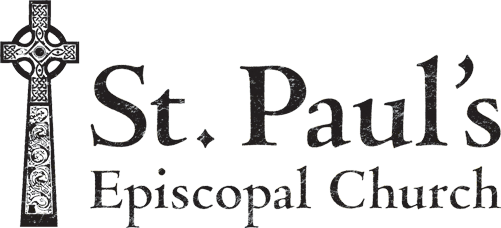Songs and Prayers from Taizé
The prayers of Taizé are familiar Latin chants such as Magnificat - Misericordias Domini – Jubilate Deo - Ubi Caritas - that were set to music by composer and Paris organist Jacques Berthier in the 1970s. They are, in essence, sung prayers with simple words in a universal Latin language.
The songbooks used in the Taizé Community feature melodies sung in the Latin, French, German, English, or Spanish languages with a very minimum of verses. The songs are characterized by:
a. an extreme simplicity of theme,
b. ease of performance,
c. shortness of text, and
d. a necessity for rigorous repetition
We also notice an overabundance of the personal pronouns that emphasize the rich and intimate relationship between God and those imploring guidance. This becomes quite apparent by the frequent use of personal pronouns such as me/I/my/us/your/our.
General themes of watchfulness, waiting, patience; rejoicing, praising, blessing; along with a tension produced by dualities that are pitted against each other: darkness vs light; night vs day, call vs response, stay vs leave---a dichotomy that will usually be resolved in the last lines of the sung text.
Accompaniments for instruments such as the oboe, flute, trombone, or violin are often included in the songbooks published in international editions.
Further information chronicling the Taizé Movement can be found in books written by Rex Brico, Kathryn Spink, Jason Santos, GIA Publications, among others. The Rule of Taizé, quoted here, is published by Paraclete Press, Brewster MA.
Suggestions for transforming a room into a sacred space
Make sure that your space is not cluttered with visual distractions and is away from noise such as television, doorbell chimes, and ringing phones.
Have ample floor space to sit.
Small carpet samples, seat cushions, small rugs, or a low prayer stool may be helpful.
Have a space purposefully open to “leave room for God."
Listen to one of the Taizé CDs (or YouTube) to understand the tempo of the music; some pieces are purposely slow, others, not so much.
Remember that the chants are prayers.
Have dimmable lighting, tea lights, or candles, rather than fluorescent lights.
Consider placing a cross for focus in the front of the room.
Have a nearby Bible for silent reading of passages.
As visual stimuli, set up icons in various locations where they are able to be seen from all angles, if you are with others in the room.
If you had an outdoor gazebo that could be entirely cleared of mowers and garden paraphernalia, that might be a good centering location separate from your house but protected from the weather.
You could wear a Taizé dove-cross enameled pendant (designed c. 1970) or your cross necklace (yes, the one you received as a confirmation present) as visual triggers for meditation.
